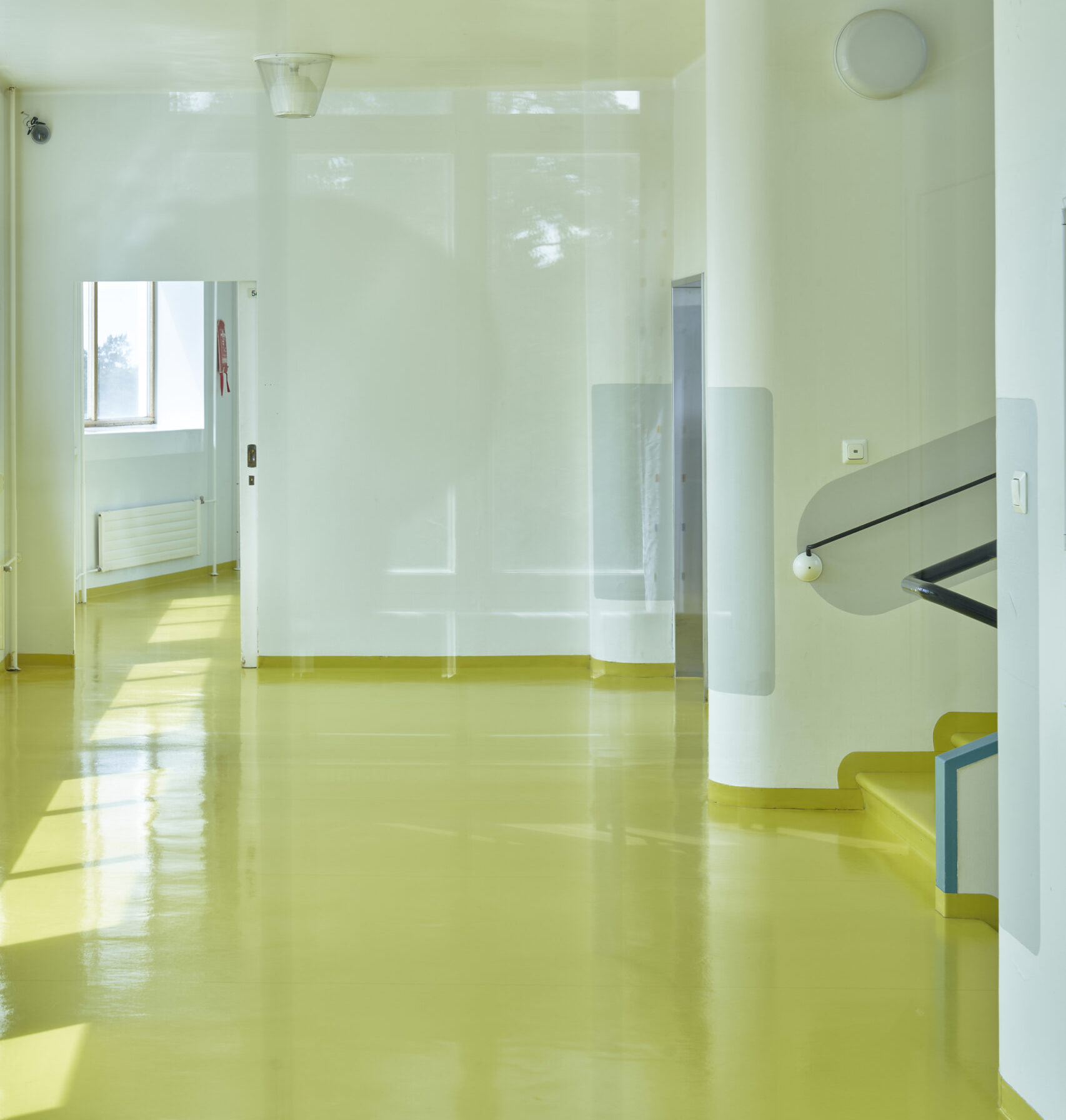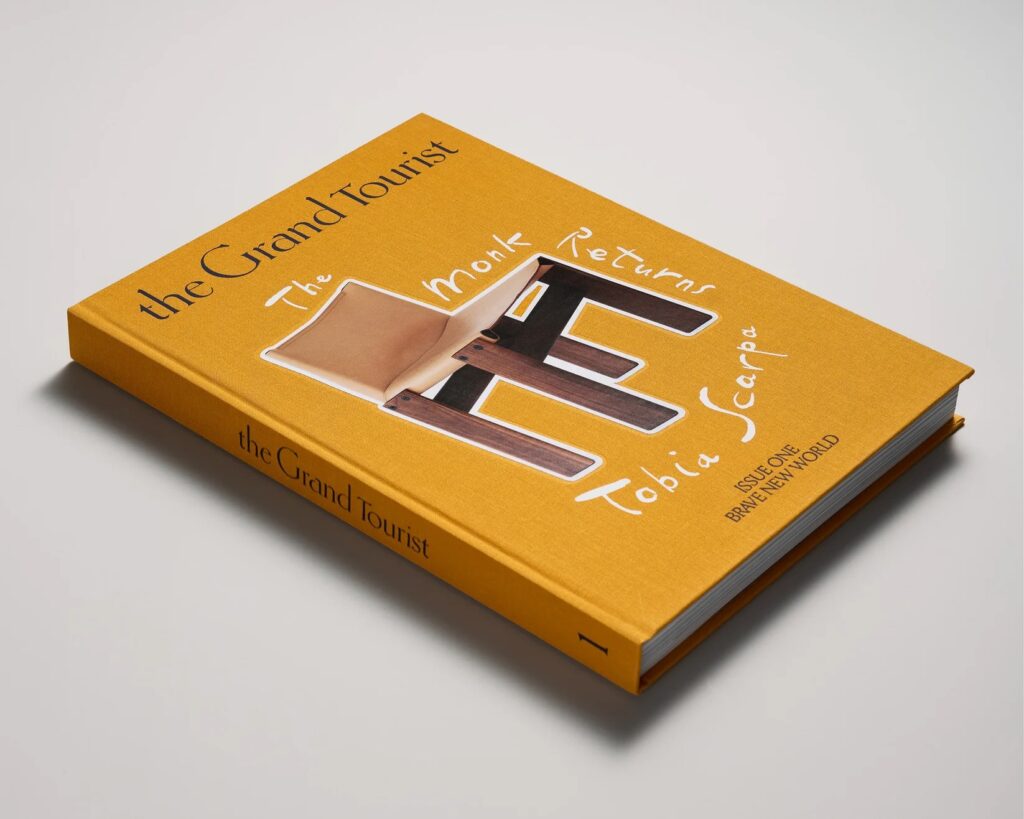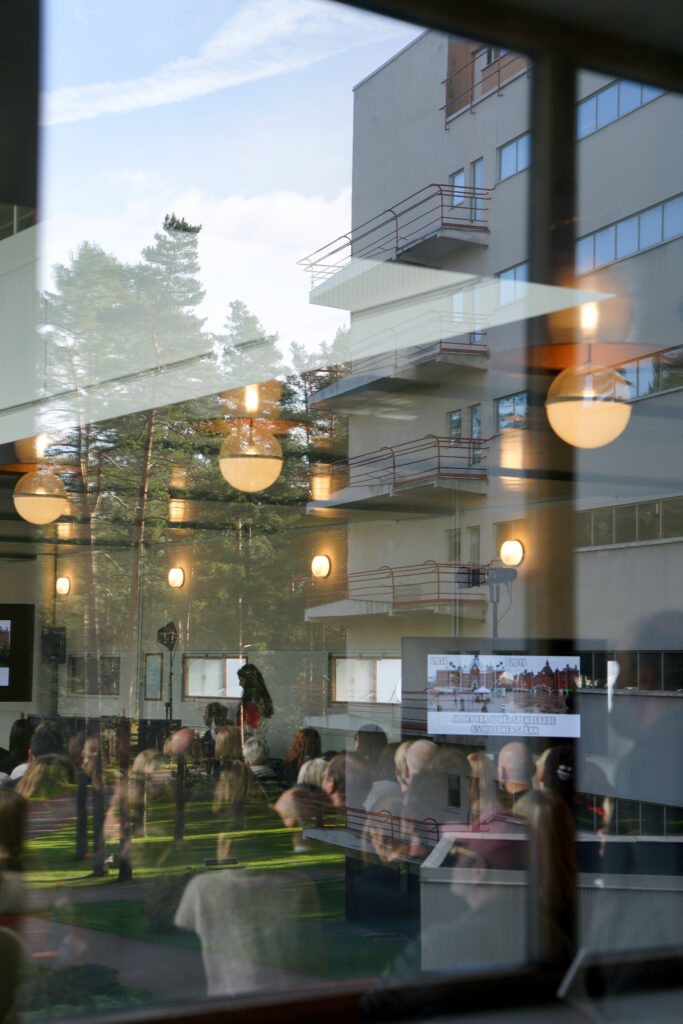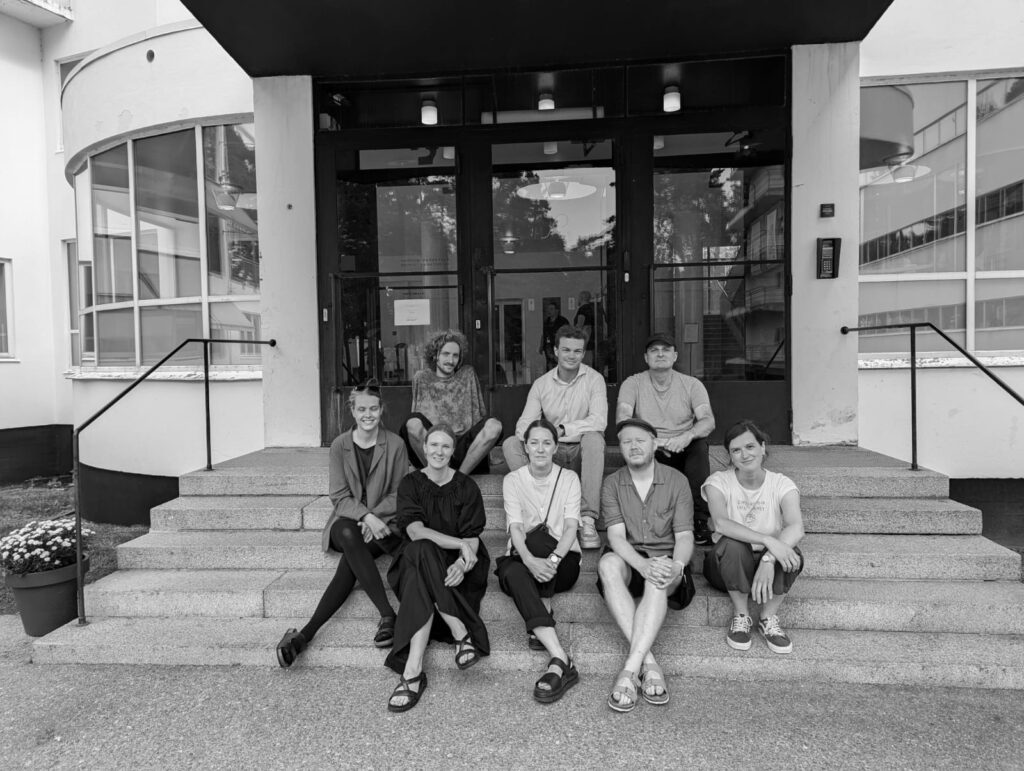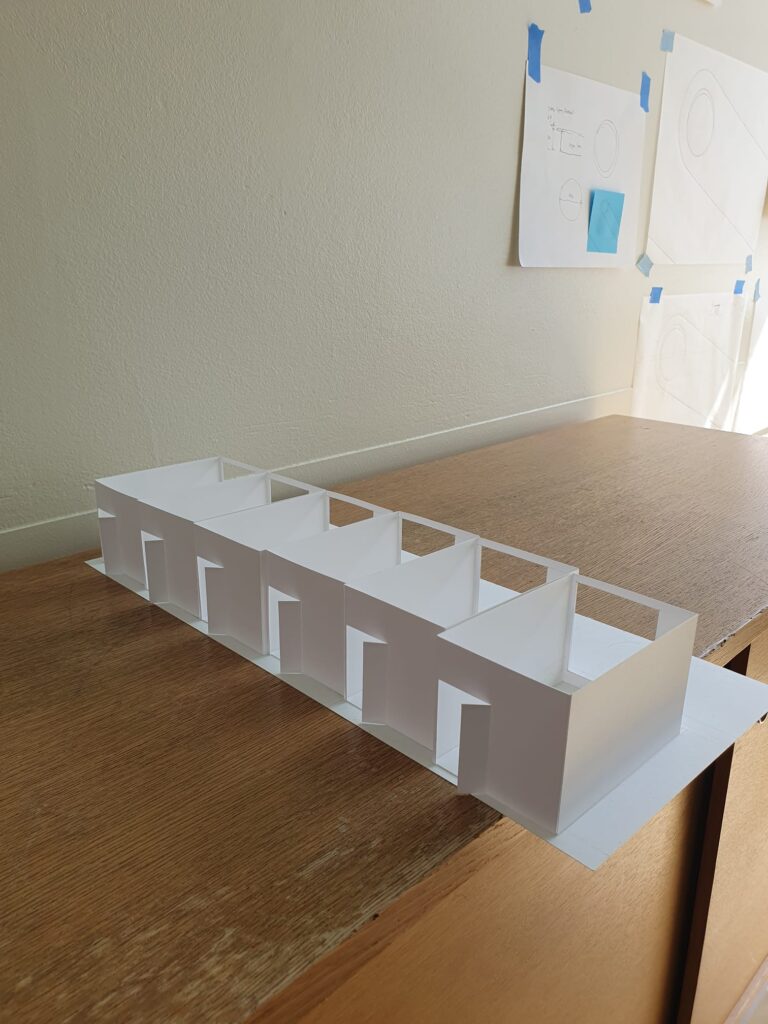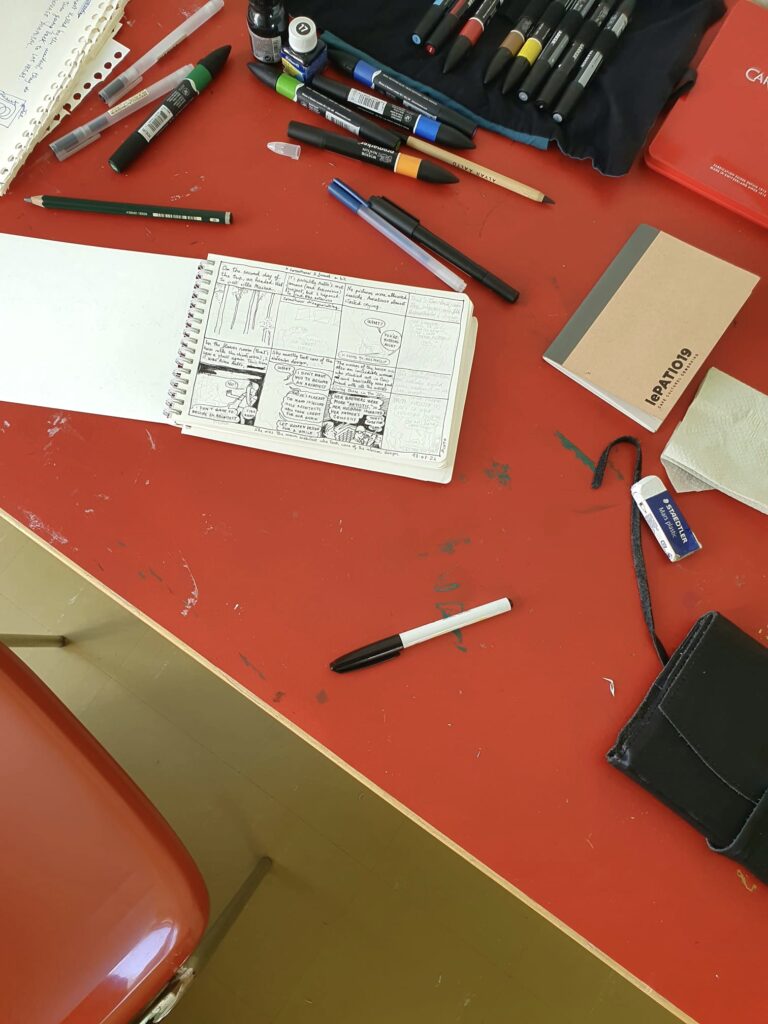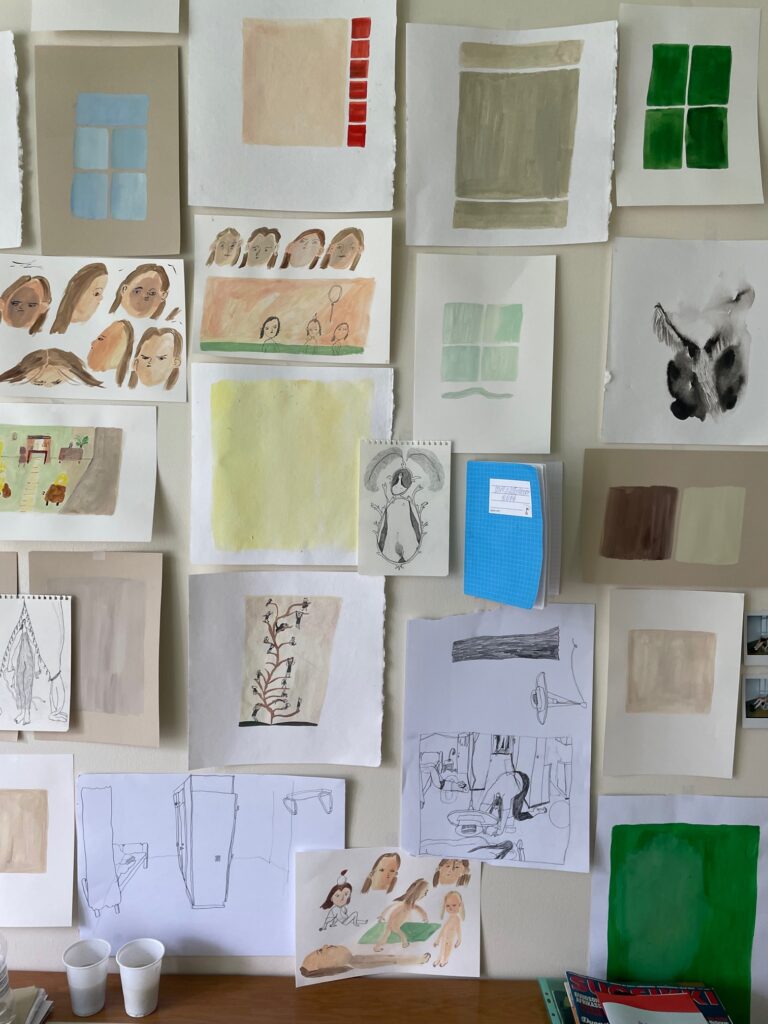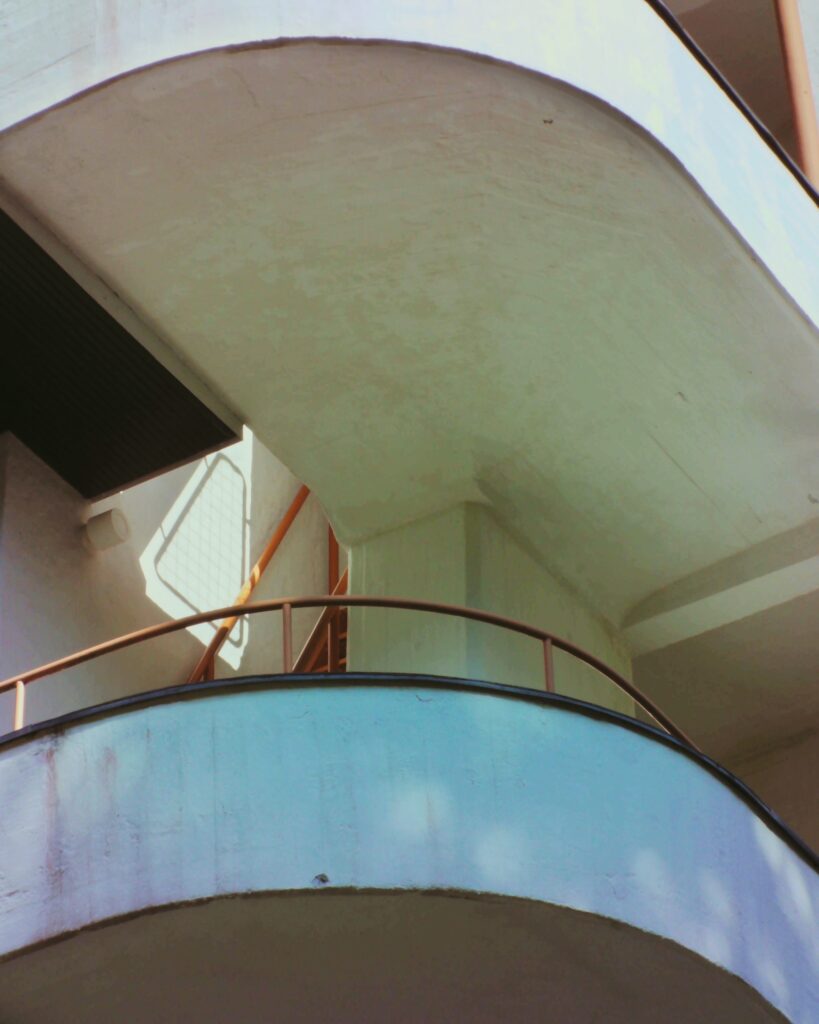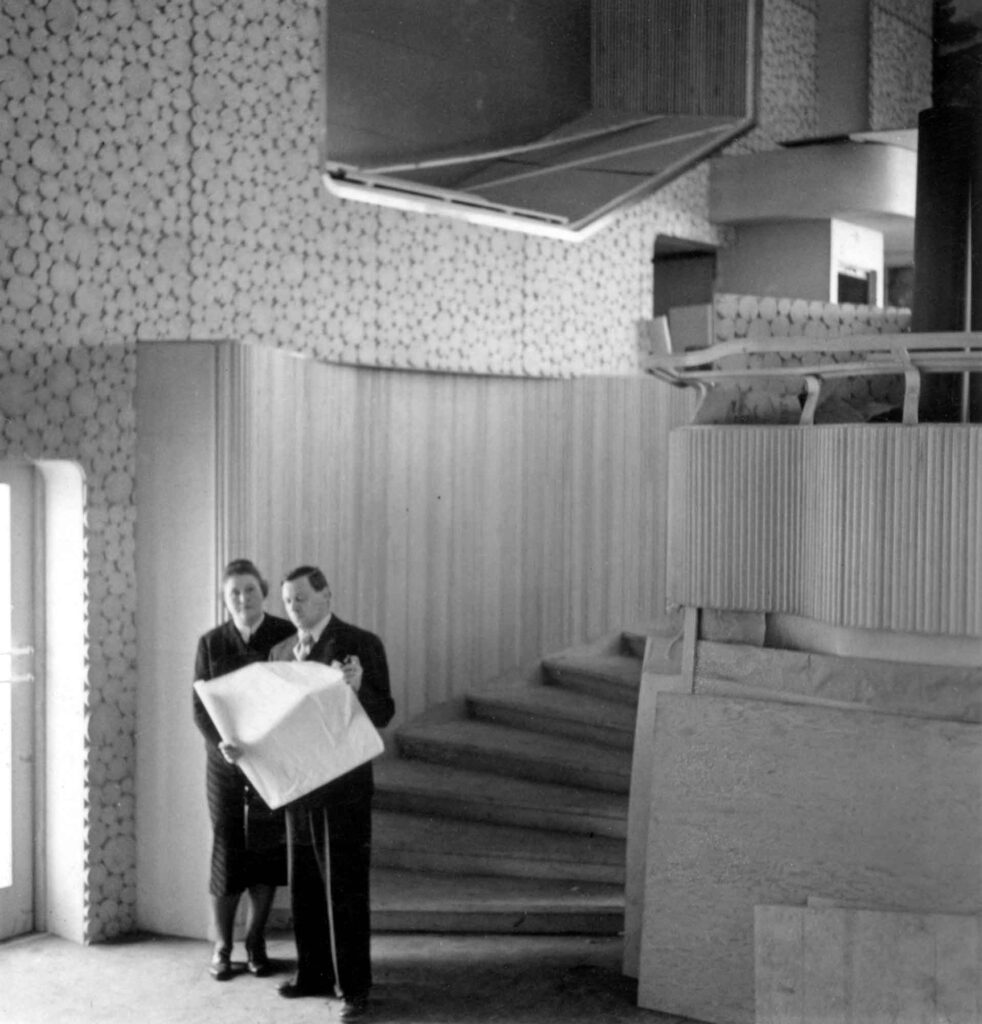Joseph Grima has been the curator of the Paimio Sanatorium Foundation since 2023. What attracted the French-born architect and co-founder of internationally acclaimed design studio Space Caviar to the Finnish woods? The desire to bring an architectural masterpiece to life and make its ethos as relevant today as it was in the 1930s. “Paimio Sanatorium considers taking care of a person’s spirit to be equally important as taking care of the body. If you are going to cure someone, they need to be exposed to beauty.”
For many architects, Paimio Sanatorium is what New York is for film buffs: so iconic you feel like you’ve already been there, although in fact you never have. And when you finally do arrive, reality takes you by surprise. For Joseph Grima, curator at the Paimio Foundation and co-founder of the design studio Space Caviar, this was definitely the case.
“Paimio Sanatorium exists in the imagination of so many architects around the world, as it’s one of those sites that everybody is taught about,” he says.
“So, when I arrived for the first time, what struck me was how much more amazing it was than we’d been taught. The incredible delicacy of this huge building. The magic of a place which succeeds at being humble, while at the same time pulling off absolutely, effortlessly and flawlessly the incredible task of being a masterpiece. That’s the feeling I carry with me every time I return; that despite the scale, it’s a building that was built for humans, not to intimidate humans.”
Body and soul in harmony
The idea for the Spirit of Paimio conference was born out of those initial thoughts. In 2023, Mirkku Kullberg, CEO for the Paimio Sanatorium Foundation, asked Grima to join the foundation as a curator, an offer he gladly accepted.
An internationally known writer, curator and architect, Grima is also the creative director of Design Academy Eindhoven and co-founder of research studio Space Caviar. He has previously served as the director of Chicago Architecture Biennial and as the director of the Ideas City festival at New Museum. In Paimio, his task, together with the team, is to redefine the sanatorium’s future, making it relevant again through an ambitious programme of events, residencies, exhibitions and workshops. The cross-disciplinary conference Spirit of Paimio, held for the second time on October 9-10, plays a big part in the project.
When the first conference was organized in 2023, “architecture of care” emerged as an important theme the discussions were structured around. While the sanatorium was obviously built to take care of the physical condition of tuberculosis – a major problem in the 1930s – its architects Alvar and Aino Aalto stressed something else they saw as equally important in the healing process: seeing the human as a whole and also taking care of a person’s spirit, or soul.
The Aaltos did this by considering more or less everything in the building, from the furniture to door handles and the colors on the walls. The water basins were designed to minimize the sound of splashing water. Verandas were designed for resting outdoors in the sun and the color scheme to ease the patients’ minds.
In Grima’s opinion, the medical institutions of today tend to neglect this part of the healing process, assuming instead a very practical view of the human body – almost as if it were a machine that needs to be serviced for it to work properly. By bringing in leading thinkers and doers from different fields, such as architecture, design, art and cinema, he strives to bring the Aaltos’ holistic thinking back to our societies’ approach towards care, and in the process, revive Paimio Sanatorium as a centre for healing, health and curious dialogue.
“What’s incredible about Paimio Sanatorium is that it does all of this, it understands taking care as a process that needs to be thought through, but it considers taking care of the spirit equally important as taking care of the body,” he says. “If you are going to cure someone, they need to be exposed to beauty. Beauty as a therapeutic force is something that can transform a person, something that can heal a person.”
This complete view on wellbeing inspired the first conference, which brought speakers such as architect Lyndon Neri, artistic director Hans-Ulrich Obrist from London’s Serpentine Gallery and design writer Beatrice Galilee to Paimio to discuss questions like the ability of architecture to create a better future and the role of cultural institutions in mitigating today’s polarized public conversations.
The case for communities
The theme for the second Spirit of Paimio, to be held at the sanatorium on October 9-10, is “Reimagining Community”. Grima and Kullberg are keen to yet again make the sanatorium a place for community building – something that was important for the patients who, in the 1930s, sometimes spent months in Paimio.
“This year focuses on the element of community; the idea that the sanatorium was since the beginning conceived as a device for creating communities,” Grima says.
A diverse lineup of speakers will approach the theme from different angles. Astrophysicist Ersilia Vaudo, Chief Diversity Officer at the European Space Agency, brings her expertise in thinking of design at the level of institutions, societies, communities and interpersonal relationships. Beatriz Colomina, Professor of the History of Architecture at Princeton University and author of X-Ray Architecture, which looks at how illnesses shaped the aesthetics of 20th-century modern architecture, will also be giving a lecture. Other keynote speakers include esteemed architects Carlo Ratti and Bjarke Ingels, Ferdinando Verderi, the creative director of Vogue Italia.
As for Grima, he’s most looking forward to seeing Paimio Sanatorium full of life and people again.
“This building was designed to contain a lot of people, and yet we normally see it empty. By bringing several hundred people to the site to listen to these conversations, something magical happened and the building entered its element. It really felt alive again.”
That’s something Grima and the Paimio Sanatorium Foundation team hope will happen more often in the future. They are, of course, tasked with taking care of the building itself, but see it as their mission to also take care of its immaterial values – the spirit, if you will.
“It’s no coincidence that the conference is called Spirit of Paimio,” Grima says. “Our primary goal is for sure to take care of the bones of the building, but the most precious thing that we have is the spirit of the building. And that’s what we are here to reflect on each year.”

